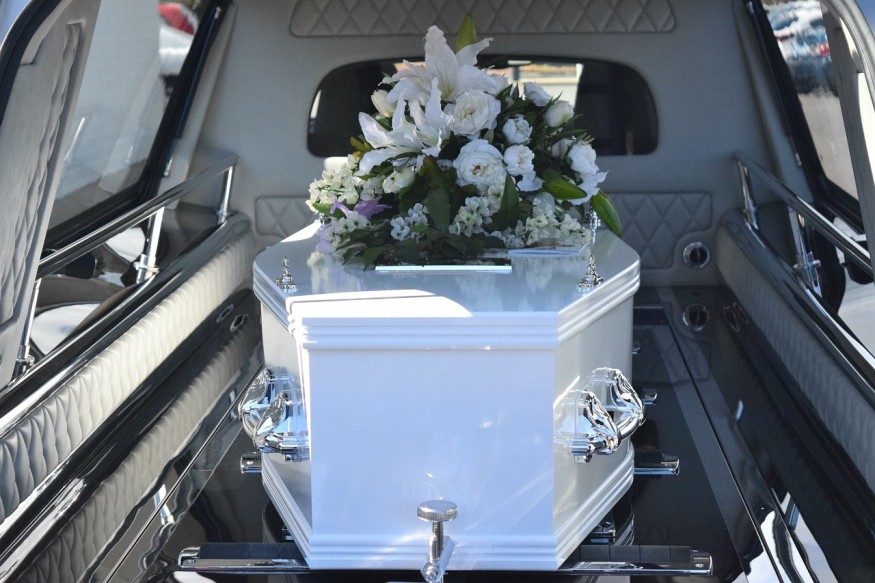
Like every other mortal creature, humans are faced with the reality of death. Cultures now have standard procedures that follow the passing of a person. These procedures include either cremating the body or burying it in a coffin, among others. For bodies that are handled using the latter approach, what exactly happens to the body after staying for a year inside the coffin?
Burial Place
There are various factors at play that affect the speed and process of decomposition. For one, the place where the body is laid would drastically impact the timeline of decay.
Grunge notes that burial itself slows the decomposition process with some sources projecting that the process would be eight times slower in such cases.
In certain circumstances, the body may only take one to two weeks to fully break down. However, in other cases, the corpse could remain preserved for years.
The environment surrounding the coffin can also affect the decomposition of a body and how it may look after a year.
Container Type
Moreover, unless the body is actually dug out, it is unlikely for anyone to see the corpse again. However, beneath the ground, the body goes through various changes. Grunge notes that the specific type of coffin containing the body affects the decay process.
The funeral industry in America usually advises the use of metal containers that could have a cement vault or rubber seal. In theory, using these containers will slow down the decay process. However, the body kept inside the casket will nonetheless rot. The Washington Post also notes that gas accumulation within these coffins may even lead to explosions.
Before the 1860s, wooden coffins were dominantly used. Now, they have also become popular options with the rise of "green burial" trends that adhere to environmental friendliness. However, as expected, these structures rot and collapse, enabling a more natural decomposition of the body.
Embalming
The treatment of a body prior to its burial also affects its decomposition. Time reports that, in embalming, gallons of preservatives are applied to the corpse. Whether a body undergoes embalming or not affects its decay. Usual embalming methods help prevent grave decay for a couple of days or weeks. After such a period, the decay goes on.
Body in Coffin After a Year
While all corpses are bound to undergo decomposition, each body goes through decay in a different way. The look of a body in a coffin after a year may differ from case to case.
Grunge notes that the process of a body turning into bones may take a while. Estimates say that a body that was not embalmed and that was kept inside a pinewood coffin may be filled with only bones 5 to 12 years after its burial. Moreover, an embalmed corpse buried inside a metal casket could take four decades before it fully becomes bone.
After a year in a coffin, decayed bodies may appear different from each other. A body kept inside a pinewood casket in hot weather may have already started skeletonizing. On the other hand, an embalmed corpse kept inside a metal coffin in a dry climate could still be in the early decay stages.
Though this process may differ greatly, in the end, all bodies will end up decomposing.
RELATED ARTICLE : How Did Egyptians Perform Mummification? Researchers Reveal Mysterious Embalming Recipe
Check out more news and information on Biology in Science Times.












